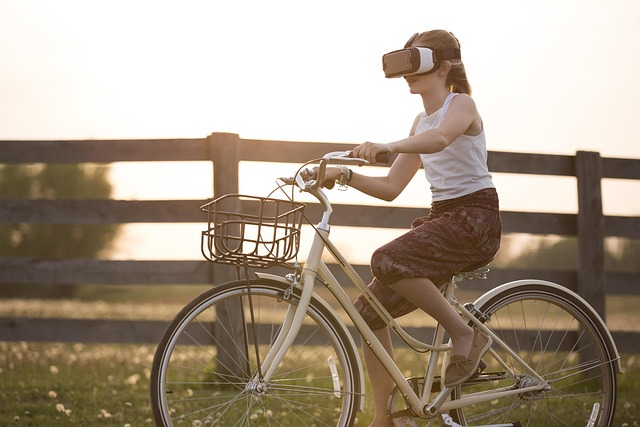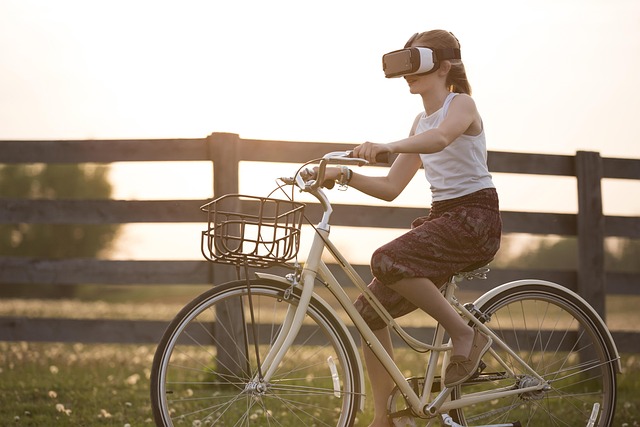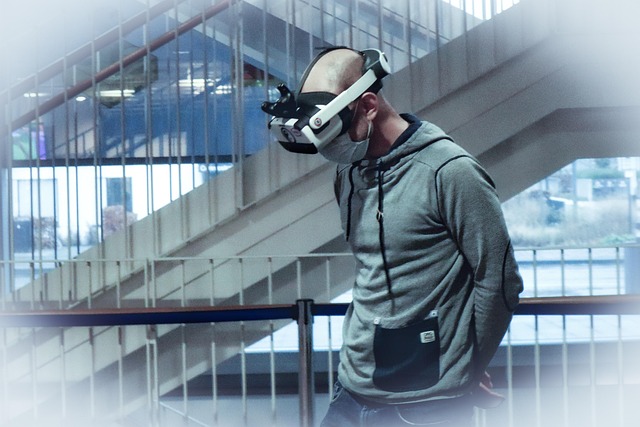Remember the feeling of stepping into a new exhibition? The anticipation, the curated journey, the moments of connection with art, artifacts, or information. That essence of discovery and interaction is finding exciting new dimensions in the virtual world. While virtual exhibitions have been around for a while, often as digital catalogues or simple 3D walkthroughs, they are evolving rapidly, promising experiences that are not just reproductions, but entirely new forms of engagement.
Stepping Inside with Virtual Reality
This is where the feeling of presence truly takes off. With Virtual Reality, a virtual exhibition transforms from a screen on your wall into a space you physically inhabit (or, at least, your avatar does). You can walk through galleries, approach exhibits from any angle, and perhaps even interact with pieces in ways impossible in the physical world. VR removes the flat barrier of a screen, allowing for deeper immersion and a more visceral connection to the content. It’s less about clicking through items and more about *being* there, exploring and interacting within a created environment.
Bringing Exhibits to Your Space with Augmented Reality
Augmented Reality offers a different, yet equally powerful, form of interaction. Instead of taking you *into* a virtual space, AR brings virtual elements *into* your physical environment. Imagine pointing your phone or tablet at your living room wall and seeing a painting from a virtual gallery hanging there, to scale. Or perhaps a historical artifact appears on your coffee table, allowing you to walk around it and examine its details. AR makes the exhibition highly personal and contextual, allowing interaction with virtual objects within the comfort and familiarity of your own space, blurring the lines between the digital and the real.
Persistent Worlds and Social Connection in the Metaverse
The concept of the metaverse elevates virtual exhibitions from temporary events or standalone experiences to potentially persistent, social destinations. Within a metaverse, an exhibition isn’t just a place to view things; it’s a space where people can gather, meet, discuss, and interact with each other while exploring the content. Avatars can chat, attend virtual talks by curators or artists, and share their reactions in real-time. Exhibitions in the metaverse can become community hubs, living spaces that evolve, host events, and foster ongoing connections around shared interests, making the interaction not just between person and exhibit, but also between people.
As these technologies converge, virtual exhibitions are moving beyond simple viewing to become dynamic platforms for exploration, learning, and connection. The feeling of discovery and interaction that draws us to exhibitions is being amplified and reshaped for the digital age, offering exciting possibilities for creators and attendees alike.




